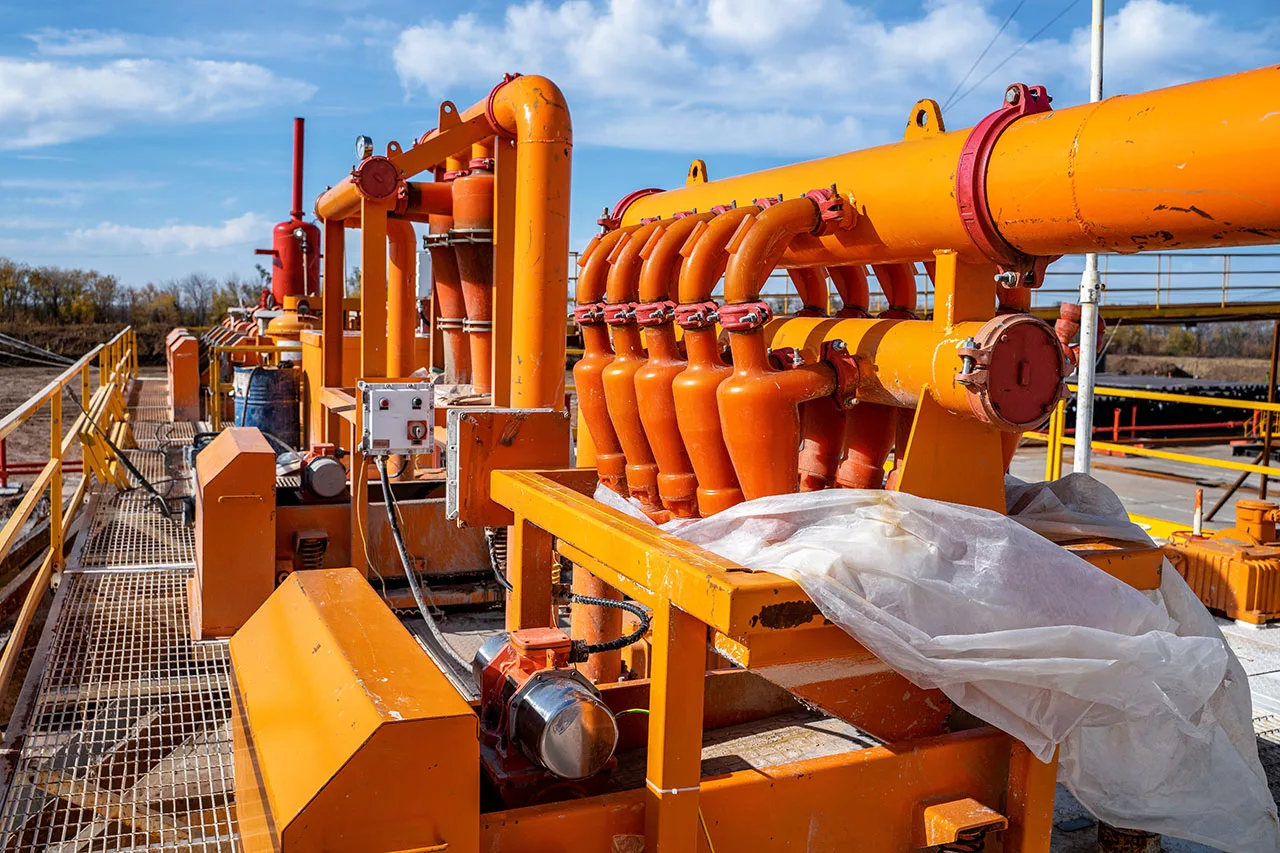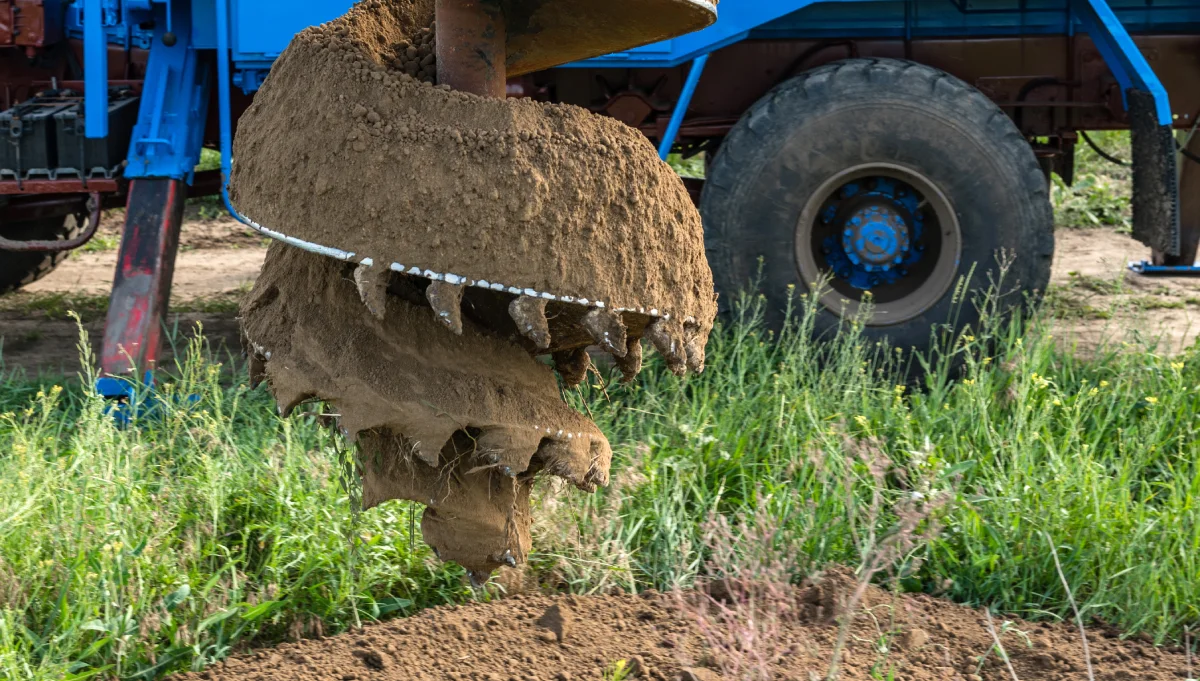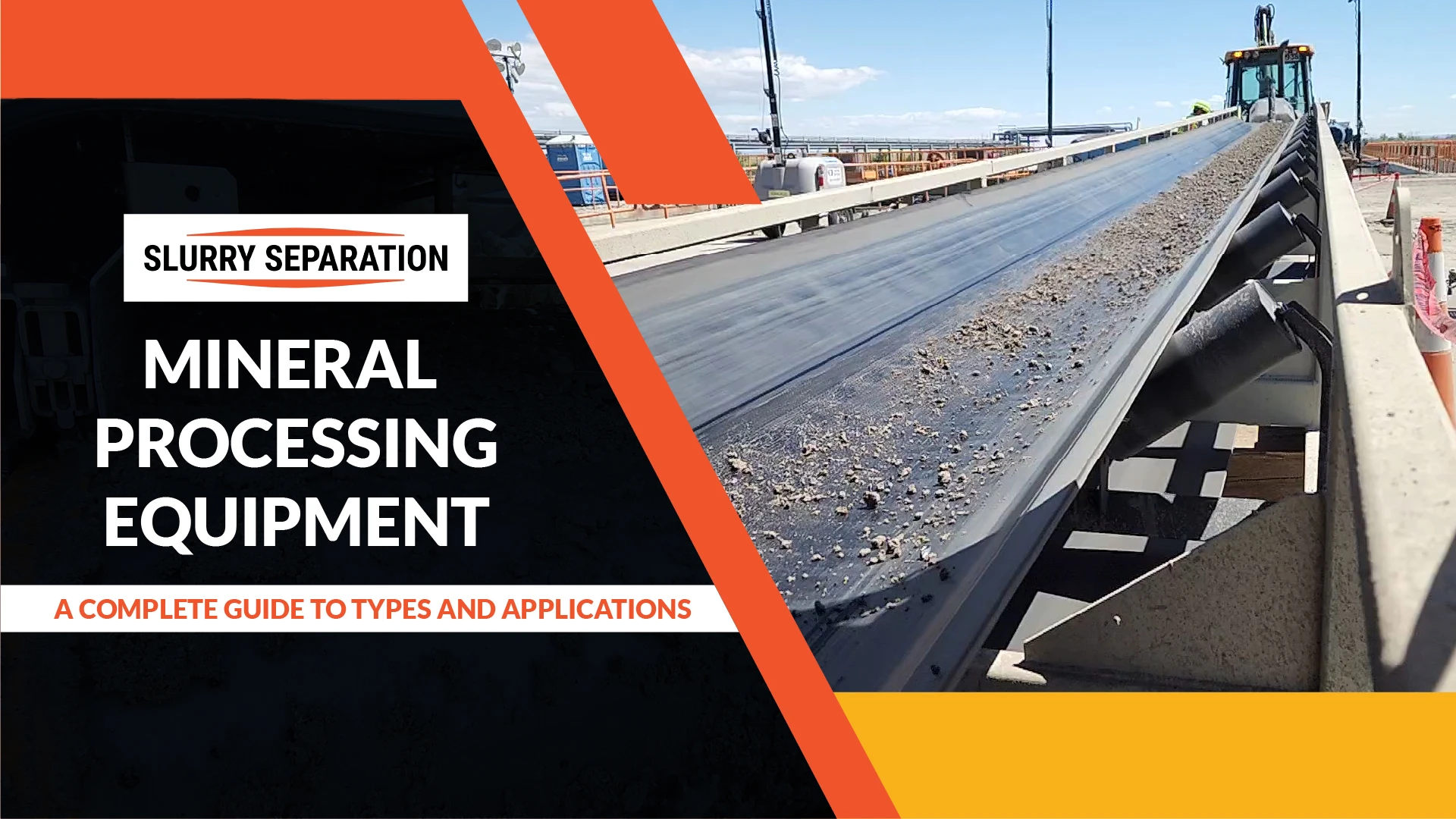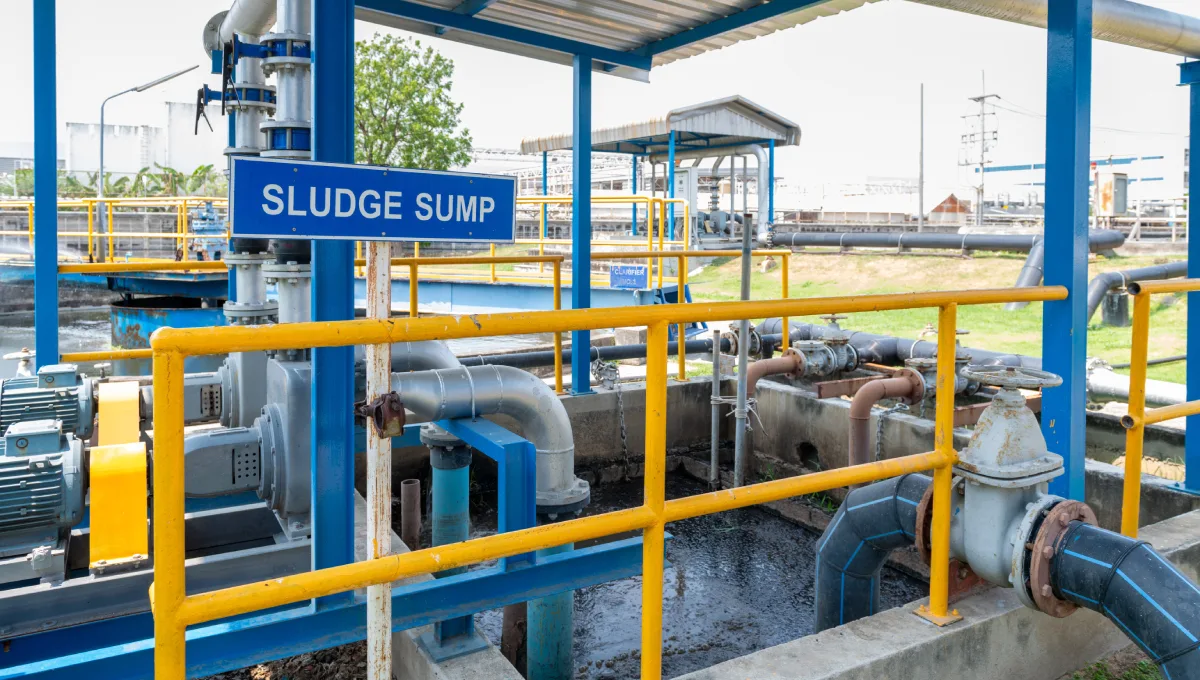Mud separation is crucial in various industries, from construction to oil and gas. Understanding its significance and the techniques involved is essential for efficient operations and environmental preservation.
Overview
Mud separation refers to the process of removing unwanted solids, often found in drilling fluids or industrial waste, to ensure the purity and efficiency of the liquid phase. In the drilling process, the “liquid phase” refers to the portion of the drilling fluid or mud that consists predominantly of liquid components, such as water, oil, or synthetic-based fluids. This phase plays a crucial role in facilitating various drilling operations, including cooling the drill bit, lubricating the drill string, carrying rock cuttings to the surface, and maintaining pressure in the wellbore to prevent blowouts. The composition and properties of the liquid phase are carefully controlled and monitored to ensure optimal drilling performance, safety, and environmental compliance.
Importance
Efficient mud separation enhances productivity, prolongs equipment life, and reduces environmental impact by minimizing waste discharge.
Understanding Mud Separation
Definition
Mud separation involves separating solid particles from liquids, typically using physical or mechanical methods, such as shale shakers. This is different than Mud Gas Separation, which is mainly about separating harmful gases from drilling fluids.
Process
The process typically involves several steps, including filtration, centrifugation, and sedimentation, aimed at isolating solids from liquids.
Types of Mud Separation
Gravity Separation
Gravity separation relies on the density difference between solid particles and the surrounding liquid, allowing heavier particles to settle while lighter ones remain suspended.
Mechanical Separation
Mechanical separation employs various equipment such as screens, centrifuges, and hydrocyclones to physically separate solids from liquids.
Factors Affecting Mud Separation
Temperature
Temperature variations can influence the viscosity of the liquid phase, affecting the efficiency of mud separation processes. Generally, as temperature increases, the viscosity of the liquid phase decreases. This relationship is consistent with the behavior of most fluids, including water-based drilling muds, oil-based muds, and synthetic-based muds.
In water-based drilling muds, for example, as temperatures rise, the water molecules become more energetic and move more freely, causing a decrease in viscosity. This decrease in viscosity can lead to challenges in maintaining proper hole stability and carrying capacity, especially in hotter drilling environments.
On the other hand, in oil-based drilling muds, higher temperatures can cause the oil molecules to become less viscous, leading to improved fluid flow properties. However, excessive heat can also lead to thermal degradation of the oil, resulting in changes to the mud’s rheological properties and potential issues with wellbore stability.
Similarly, synthetic-based drilling fluids may experience changes in viscosity with fluctuations in temperature. While some synthetic fluids may exhibit more stable viscosity profiles compared to water-based or oil-based muds, extreme temperatures can still impact their rheological behavior.
Overall, temperature variations in the drilling environment can influence the viscosity of the liquid phase, affecting fluid performance, drilling efficiency, and overall wellbore stability. Therefore, it is essential for drilling engineers and mud engineers to carefully monitor and control temperature conditions to optimize drilling fluid properties and mitigate potential drilling challenges.
Particle Size
The size and distribution of solid particles play a significant role in determining the effectiveness of mud separation techniques. The size of solid particles directly affects their settling velocity in drilling mud. Larger particles settle more quickly than smaller ones due to gravitational forces. Therefore, mud separation techniques must be capable of efficiently removing both large and small particles to achieve effective solids control. Inadequate separation of fine particles can lead to increased mud viscosity, reduced drilling efficiency, and potential formation damage.
Mud separation equipment, such as shale shakers, hydrocyclones, and centrifuges, are designed to remove solid particles from drilling mud based on their size and density. The size and distribution of solid particles determine the optimal operating parameters for these devices, including screen mesh size for shale shakers, cone size for hydrocyclones, and rotor speed for centrifuges. Improper sizing or selection of equipment can result in reduced separation efficiency and increased operating costs.
Benefits
Environmental
Efficient mud separation reduces the release of contaminants into the environment, preserving ecosystems and safeguarding public health.
Industrial
In industrial settings, effective separation leads to cleaner processes, improved product quality, and enhanced operational efficiency.
Key Challenges In Mud Separation
Technical
Complex compositions and varying conditions pose challenges in achieving optimal separation results.
Environmental
Inadequate separation can result in pollution, habitat destruction, and legal ramifications for industries.
Solutions
Innovative Methods
Technology advances have led to the development of innovative mud separation techniques, such as electrocoagulation and membrane filtration.
Best Practices
Implementing best practices, including regular maintenance, proper equipment selection, and employee training, is essential for successful mud separation.
Case Studies
Industrial Applications
Case studies highlighting successful implementation of mud separation techniques in industries such as mining and wastewater treatment demonstrate their practical benefits.
Environmental Impact
Examining the environmental impact of separation practices provides insights into areas for improvement and sustainability initiatives.
Conclusion
In conclusion, mud separation is a critical process with significant implications for various industries and the environment. By understanding its principles, addressing challenges, and embracing innovative solutions, the world’s industries can optimize operations and minimize ecological footprints. Fortunately, tighter regulation has prompted continued research and development in mud separation technologies, which promise even more efficient and sustainable solutions in the future.
FAQs
How does mud separation contribute to environmental sustainability?
Efficient mud separation reduces the release of contaminants into the environment, minimizing ecological damage and preserving natural resources.
What are the primary challenges in achieving effective mud separation?
Technical complexities and environmental considerations pose significant challenges in achieving optimal mud separation results.
Can mud separation be applied in small-scale operations?
Yes, various mud separation techniques can be scaled to suit the needs of small-scale operations, particularly when it comes to dredging, providing benefits such as waste reduction and process optimization.
Are there any regulations governing mud separation practices?
Yes, many jurisdictions have regulations in place to ensure proper handling and disposal of separated mud, aiming to protect public health and the environment.
How do temperature variations affect mud separation processes?
Temperature variations can influence the viscosity of the liquid phase, impacting the efficiency of mud separation techniques.
What role does particle size play in mud separation?
Particle size and distribution are critical factors in determining the effectiveness of mud separation methods, as smaller particles may require different approaches for removal.




